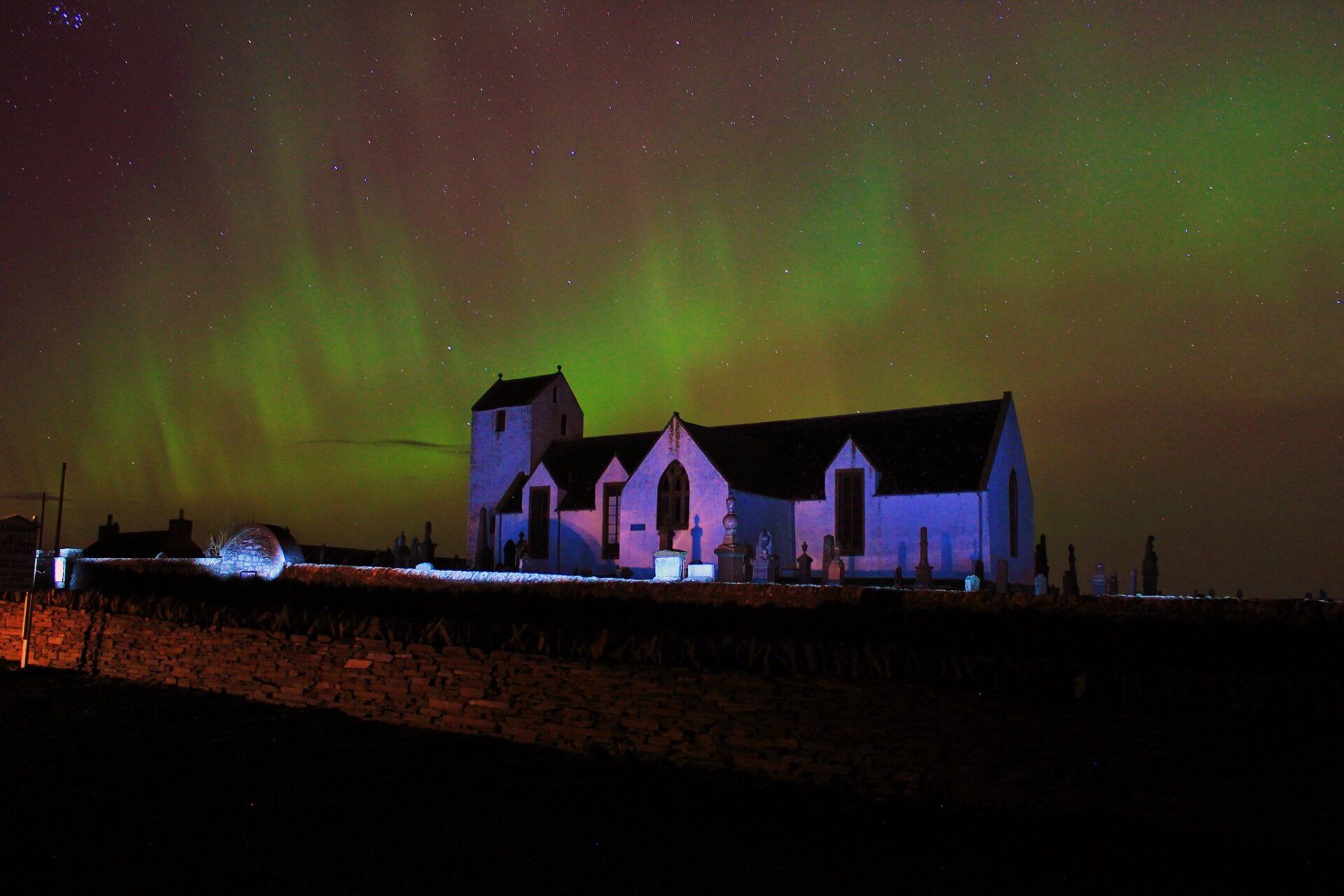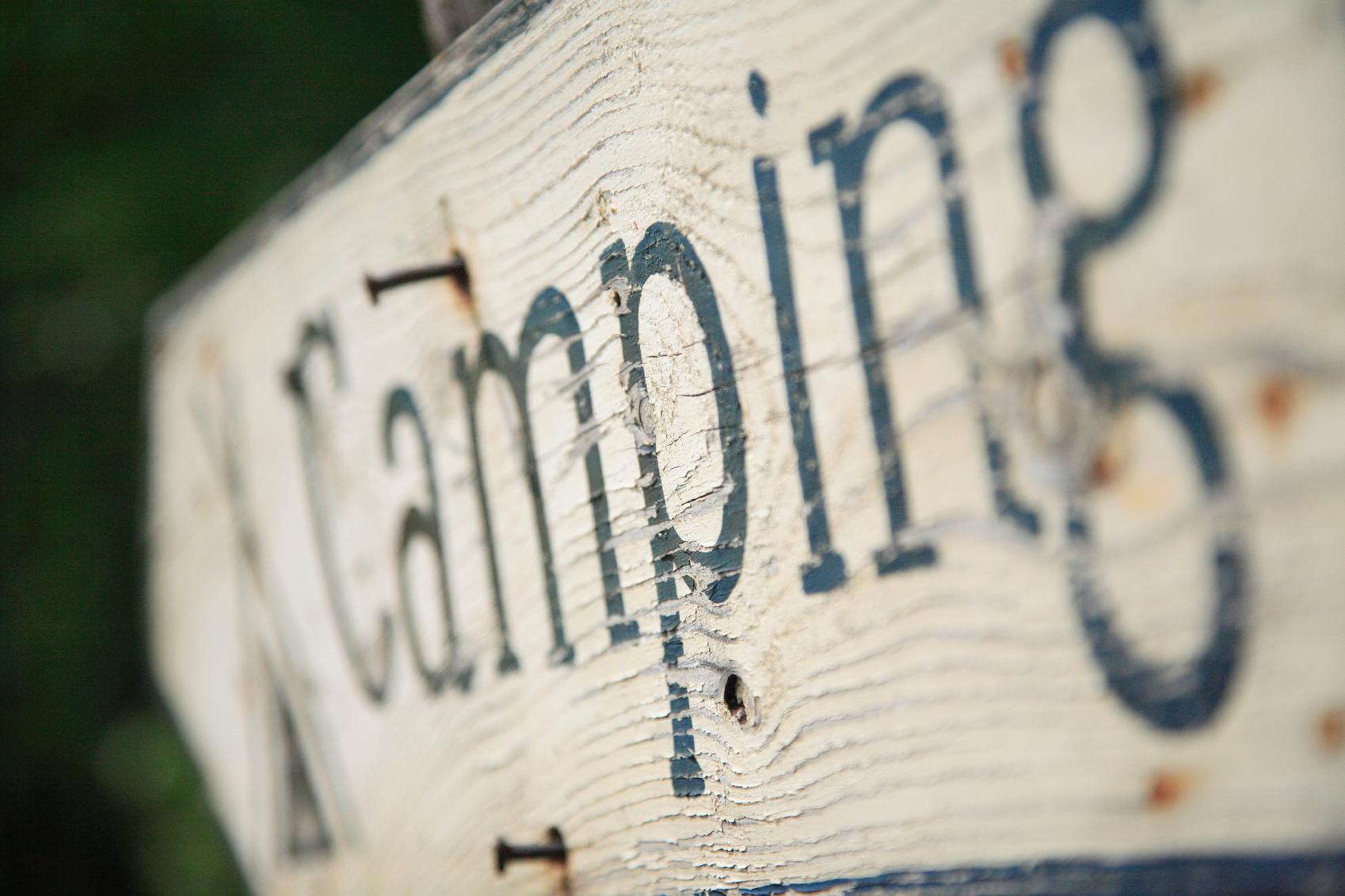Big Skies and Big Brochs
So what's a broch?
Caithness is often advertised as "the lowlands of the Highlands", with it's big skies and dramatic coastal scenery. When in Caithness, most people visit the distilleries, the museums and, of course, John O'Groats, but still many miss something which Caithness should be famed for - having over 200 of them spread throughout the county, something which can only be found in Scotland (no, not haggis) and dates back over 2000 years - Brochs.

Dunbeath Broch - or what remains of it. You can make out where the first floor would have sat on the ledge about half way up the remaining wall.
Brochs are Iron Age dry stone structures which could sometimes be up to 50 feet tall (an amazing feat of engineering considering no mortar was involved). They are completely unique to Scotland and, for some reason, they are in the biggest concentration within Caithness, with over 200 sites, that are known, with probably more still undiscovered (or maybe destroyed during building work when we weren't so educated about the need to learn from and maintain our history).
The actual use for the Broch remains debated. Some believe they were defensive structures, allowing the occupants to remain safe from the invading hoards; some believe they were just houses, a style of house, a bit Georgian or Edwardian; whilst others believe they were status symbols (like a mansion on Mayfair). Whatever their true use, our ancestors certainly built a lot of them, which was no mean feat.
The building itself was two concentric dry stone walls with the gap between containing a staircase to access other floors as well as small rooms and areas. The broch would, probably, have had a thatched roof over the courtyard area in the centre to protect the inhabitants from the changeable Scottish weather. There were, however, no windows to the outside - keeping the interior warm, but not necessarily helpful to see the invading hoards heading your way?
Small doorway in Dunbeath Broch leading to the area between the 2 concentric walls
One of the small "rooms" in Dunbeath Broch
The Caithness Broch Project was set us to improve the promotion and preservation of Broch's within the county, and are doing an amazing job. The website is a torrent of information about brochs (and other historical features) giving locations, directions and further information about the sites.
They also intend to build a replica of an Iron Age Broch, which becomes the base for a Tourist Centre and Dry Stone Workshop - a genuine modern marvel.
If you intend on visiting Caithness, make sure you check out their website at https://www.thebrochproject.co.uk/











